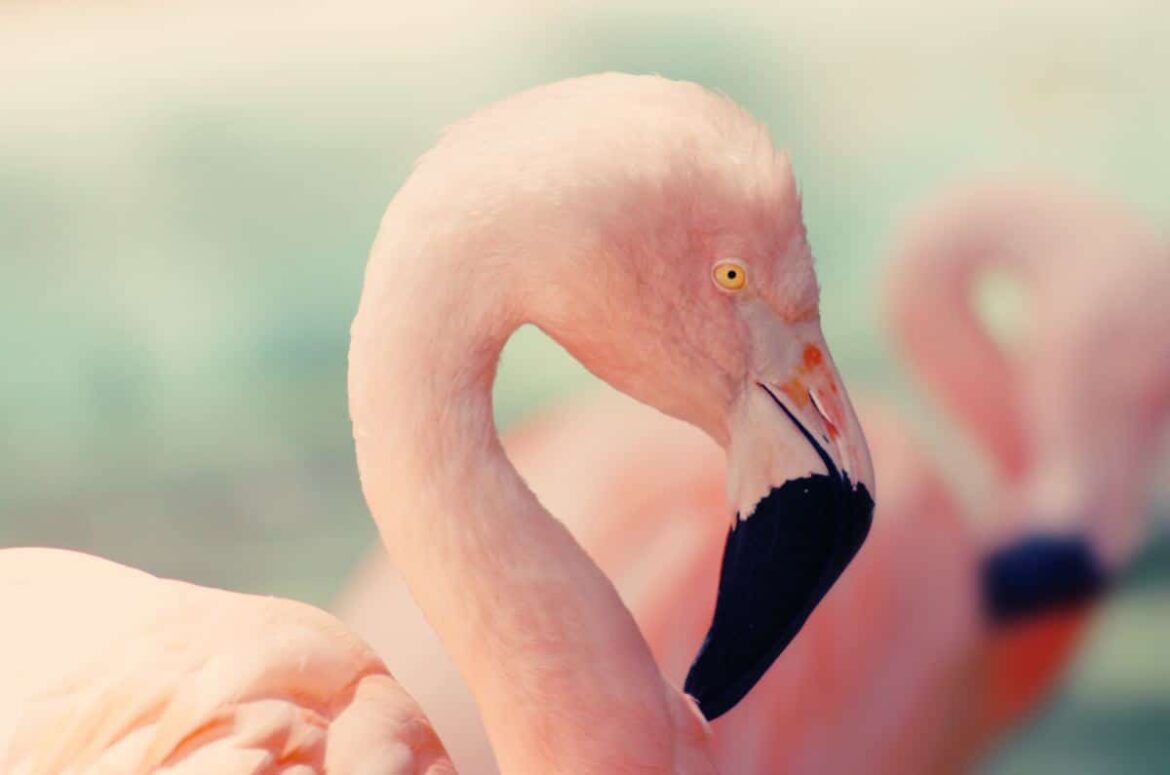906
There is a simple reason why flamingos are pink. Their striking coloration is related to the food the birds eat
Flamingos: Why they are pink
Flamingos are known for their beautiful pink plumage and their special beak. All flamingo species look very similar. Other characteristics besides the coloration are the long legs and the long neck. The birds can reach up to 1.50 meters. Flamingos can be found throughout America, Africa and southwest Asia. The so-called pink flamingo can even be found in parts of Europe, although its plumage is more pinkish-white.
- Flamingos are not born with their pink plumage. Young birds still have white feathers, which change to a gray down coat within the first four weeks
- A flamingo only acquires its adult plumage after several years. The legs also only turn pink over the years, usually after about three years.
- The pink coloration is due to the food that flamingos eat. Their favorite foods include crabs and algae. The brine shrimp in particular, which is found in lagoons and brackish water, gives the birds their colorful down.
- These special shrimps feed on single-celled, pink-colored algae. The algae contain carotenoids, which are also found in carrots. If flamingos eat the crabs, they also absorb the photosynthetic pigments
- Depending on the nutrients, the color of the flamingos can vary from pink-white to dark pink. In Bolivia, for example, there are flamingos living on the Laguna Colorada lake whose downy coat is almost red.
- The effect responsible for the coloration of feathers in flamingos can also be observed in humans. For example, if we eat a lot of carrots or other foods with carotenoids, the skin turns slightly orange.
- The pink color is particularly important for reproduction. Female flamingos prefer mates with brightly colored plumage.
- Since natural coloration only occurs in the wild, the result was that animals in captivity no longer wanted to reproduce. In zoos, dyes are therefore mixed into the food
- In addition, flamingos can also lose their color again. Animals that live in poor conditions, as well as in captivity, take on a shade of gray.

